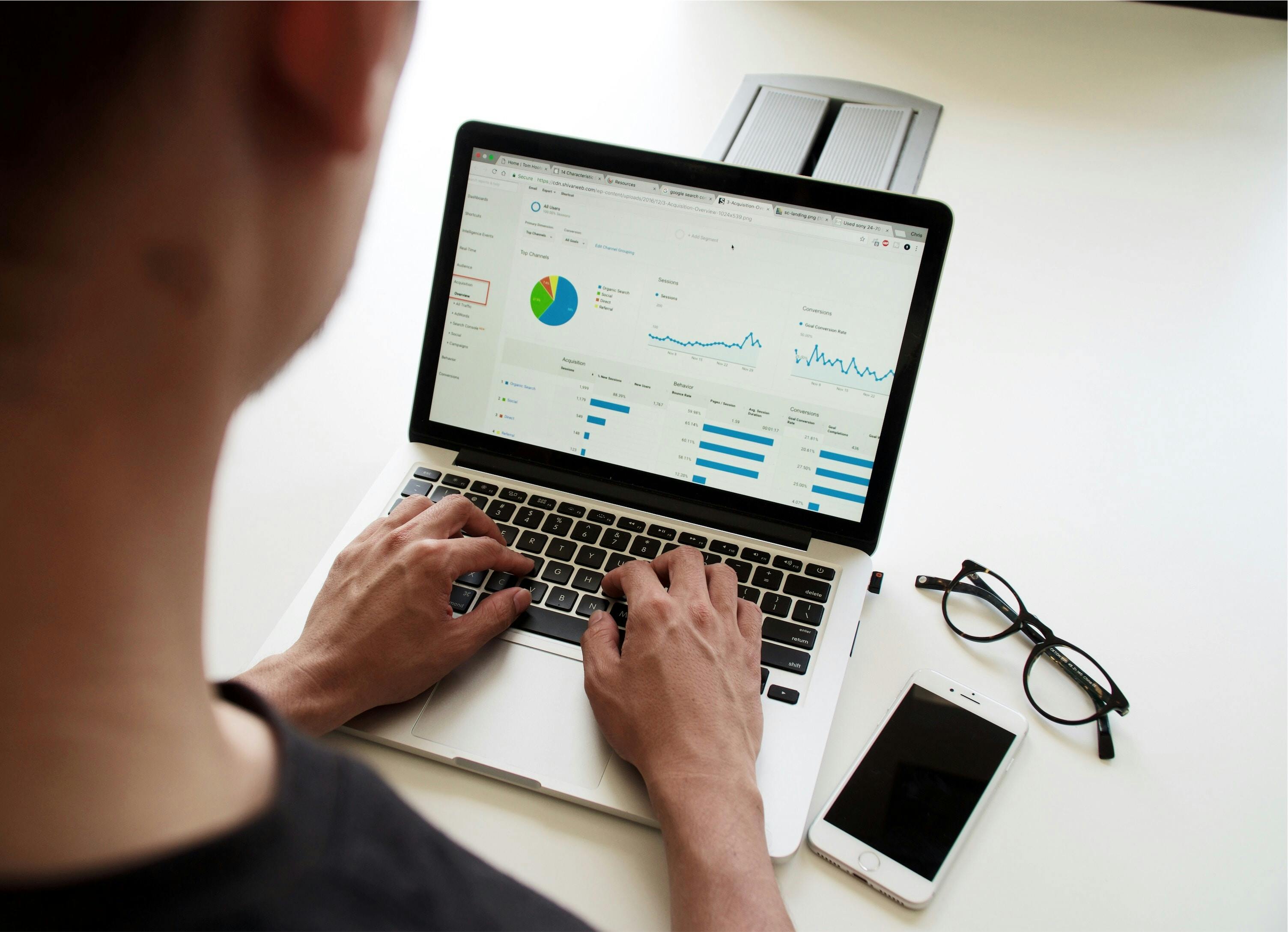As a junior data analyst who recently embarked on a journey to become a Tableau expert, I understand the challenges that beginners face when diving into the world of data visualization and analysis. In this blog post, I want to share the insights and tips I wish I had known when I first started using Tableau. I hope this can be helpful to fellow beginners.
1. Embrace Tableau's User-Friendly Interface
One of the first things I discovered about Tableau is how user-friendly its interface is. The drag-and-drop functionality makes it accessible to beginners. Here's what I've learned:
- Drag and Drop Dimensions and Measures: Tableau's interface is designed for intuitive data exploration. You can drag dimensions (categorical data) and measures (numeric data) onto rows and columns to start building your visualization.
- Mark Cards for Easy Styling: The "Marks" card on the left side allows you to control the appearance of your visualization. It's a quick and easy way to change colors, shapes, labels, and more.
- Worksheet vs. Dashboard: Understand the difference between a worksheet and a dashboard. Worksheets are where you create your visualizations, while dashboards allow you to combine multiple visualizations into one view.
2. Learn the Magic of Calculated Fields
Calculated fields are where the magic happens in Tableau. It's here that you can create custom calculations and transform your data. What I wish I knew:
- Basic Calculations: Start with simple calculations like adding, subtracting, or multiplying fields. As you get comfortable, dive into more complex functions.
- DATE Functions: Tableau's DATE functions are incredibly useful for time-based analysis. I wish I'd explored these earlier to uncover trends and patterns in time-series data.
- String Functions: Don't ignore string functions. They're essential for tasks like data cleaning and parsing text fields.
3. Leverage the Tableau Community
Tableau has a vibrant and supportive community of users, and I wish I'd tapped into it sooner:
- Tableau Forums: The Tableau forums are a treasure trove of knowledge. Whenever I've encountered a problem or had a question, chances are, someone else has had a similar issue and found a solution.
- Tableau Public: Explore Tableau Public to see what others have created. It's not only a source of inspiration but also a platform to share your own work.
- User Groups and Events: Join local Tableau user groups and attend Tableau events. It's a fantastic way to network, learn, and get inspired.
4. Practice, Practice, Practice
What I truly wish I'd known from the beginning is that practice makes perfect. Don't be discouraged if your first visualizations aren't as polished as you'd like:
- Recreate Visualizations: Challenge yourself to recreate visualizations you admire. You'll learn a lot by deconstructing and rebuilding them in Tableau.
- Data Playgrounds: Experiment with different datasets. Tableau offers sample datasets for practice, and you can find free datasets online to work with.
- Keep Projects: Save and document your Tableau projects. This not only helps you track your progress but also creates a portfolio to showcase your skills.
In Conclusion
Tableau is a powerful tool, and while there's a learning curve, it's worth the effort. I hope these tips will help fellow beginners as they embark on their Tableau journey. Remember, it's all about experimentation, learning from others, and practice. Over time, you'll be amazed at how much you can accomplish with Tableau.
Feel free to personalize this content with your own experiences and any additional insights you'd like to share.
